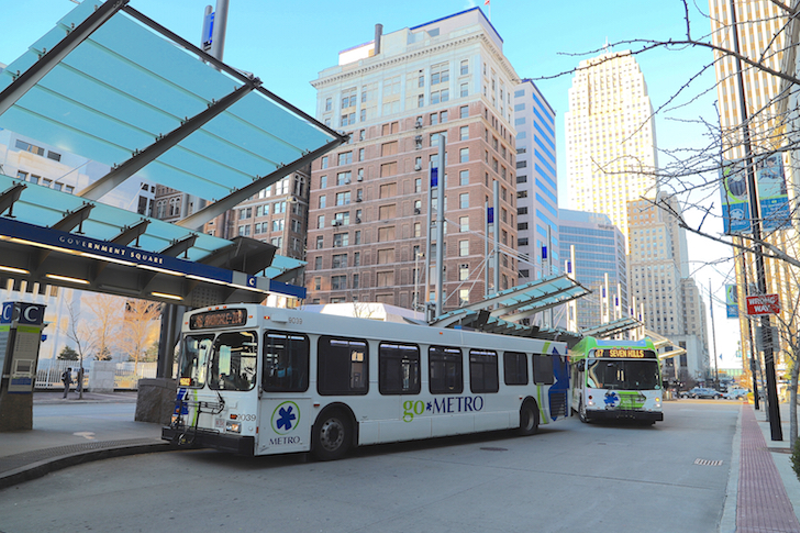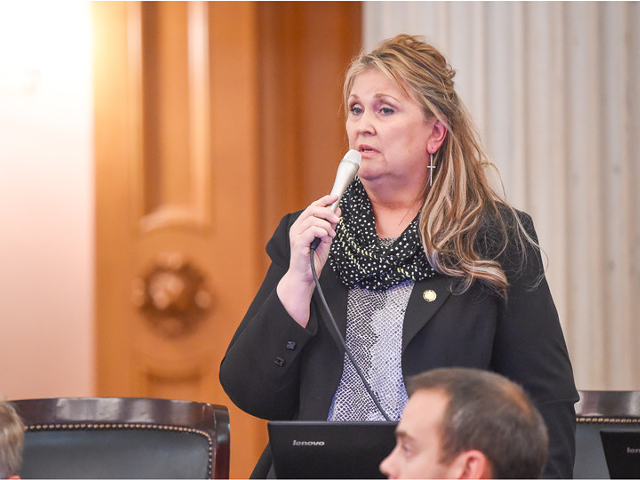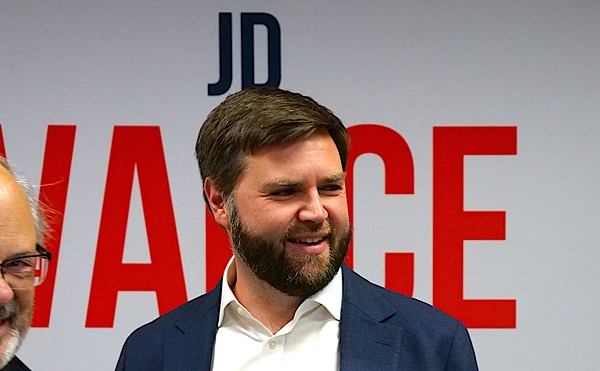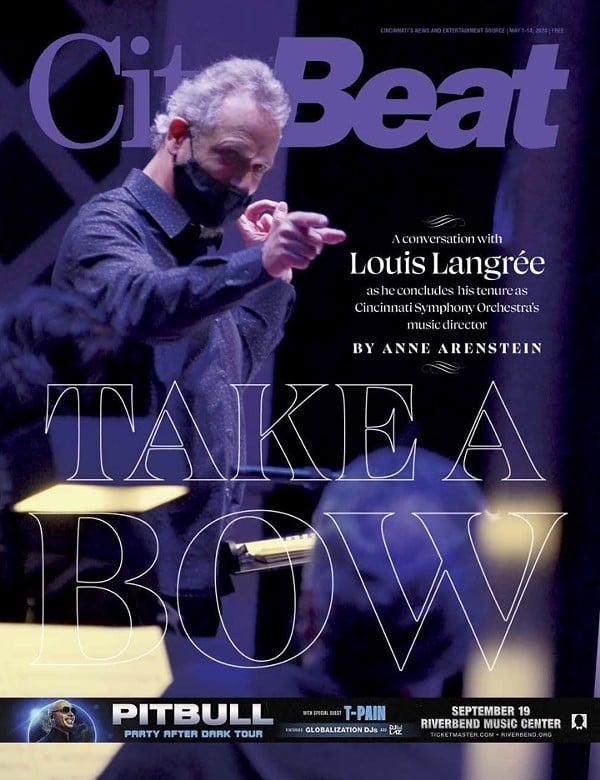In a letter sent July 10 to Southwest Ohio Regional Transit Authority Board Chair Kreg Keesee, Hamilton County's three Democratic commission members indicated they will support up to a .7 percent sales tax levy to improve funding for SORTA's Metro bus system.
Metro faces mounting deficits — up to $188 million over the next decade — plus declining ridership and insufficient coverage getting riders to employment opportunities under its current funding structure, which pulls about $56 million a year from Cincinnati's earnings tax.
Voters would need to approve the increase, which would appear on the ballot in 2020.
"We agree that the county should play a significant role in supporting public transit in our community and would be willing to support an increase to the county sales tax for this purpose," the letter says. But commission members don't want to go as far as some other advocates, who have called for a 1-cent boost.
"There are also other significant needs from public safety to infrastructure that the county's sales tax capacity must meet, and we believe that any proposal must be viewed in that context," the letter continues.
Previously, county commission members indicated they would support a half-cent increase to be split between Metro and efforts to repair infrastructure like the Western Hills Viaduct. SORTA's board, some city officials and the Cincinnati USA Regional Chamber believe a levy will need to include some money for infrastructure to win over county voters.
The .7 percent sales tax would raise about $110 million a year, commission members say. The commission said it wants to see at least part of the city's payroll tax preserved for Metro. Some Cincinnati City Council members have proposed eliminating Metro's portion of the tax if the county passes a levy.
At the .7 percent level, according to SORTA's Reinventing Metro Plan, the bus system would likely be able to expand access for people with disabilities, add new crosstown and circulator job access routes, increase the frequency and hours of weekday and weekend service on existing routes — including 24-hour service on major routes — and extend some routes further into the county. If voters ponied up for the .8 percent increase, Metro could provide some so-called bus rapid transit. Those are routes that mimic light rail with dedicated lanes and fewer stops, speeding up commute times. The extra money for that could also come from some remainder of the city's earnings tax.
Transit activists have grown impatient with the time it has taken for SORTA and county commission members to decide on a levy. SORTA's board last year opted against pursuing a levy, and Hamilton County Commission President Todd Portune at one time vocally opposed a levy ask in favor of a wider-ranging regional transit plan.
Cincinnati's Better Bus Coalition even introduced its own proposal: a ballot initiative that sought to raise the city's earnings tax to adequately fund Metro. But Cam Hardy, Better Bus Coalition's president, says he would support a county levy.
"We support whatever will pass with county voters that includes full funding to the reinventing metro plan," Hardy tweeted. "I sympathize with the commission but Cincinnati Metro is also in a crisis and if we don't do something soon we won't have a bus system."
A 2015 study of Metro’s reach commissioned by the Cincinnati USA Regional Chamber, the Urban Land Institute and other organizations found that only 23 percent of jobs in the city are easily reachable by public transit. Many others take more than 90 minutes to reach by bus.
And about 40 percent of jobs in the city — some 75,000 — aren’t reachable by transit at all. All told, the city ranks lower than 11 other peer cities when it comes to job accessibility via public transit, including regional neighbors Louisville, Indianapolis, Cleveland, Columbus and Pittsburgh, as well as cities like Denver and Austin, Texas.
An independent report released by consultants AECOM in January 2017 found Metro would need at least $1 billion in upgrades over the next 10 years to make it more functional and get more county residents to the region’s jobs.






